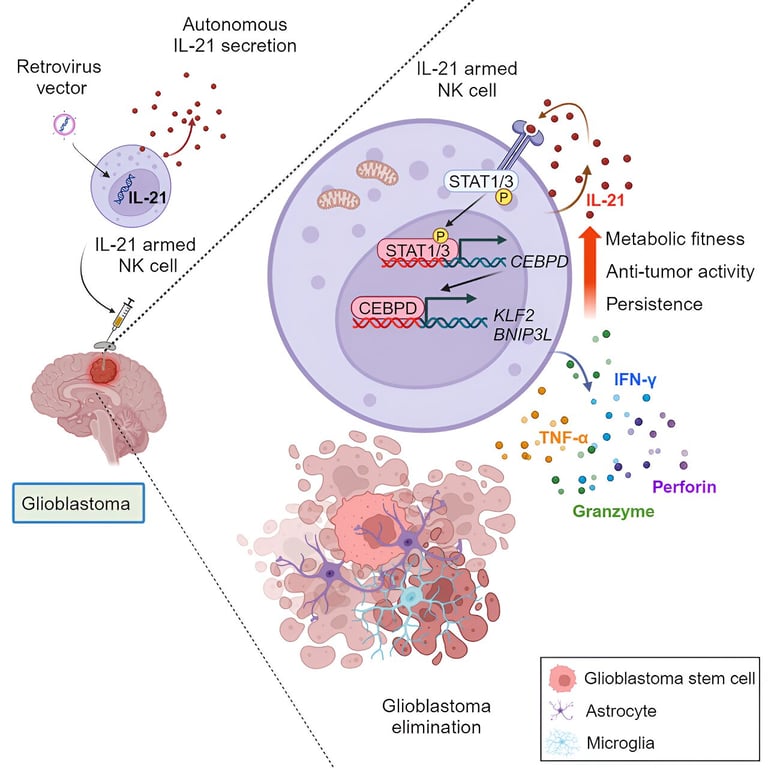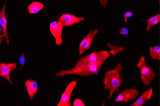Breakthrough in Pediatric Brain Cancer: Enhanced NK Cells Offer Hope for Aggressive Tumors
August 12, 2024
Researchers at Florida State University are working to enhance natural killer (NK) immune cells to combat pediatric brain cancer, particularly targeting malignant rhabdoid tumors.
These tumors can present as atypical teratoid rhabdoid tumors (ATRT) and account for 20% of all central nervous system tumors in children under three years old.
Glioblastoma, another aggressive form of brain cancer, has a median survival rate of only 18 to 21 months and a five-year survival rate of just 6.9%, underscoring the urgent need for more effective treatments.
Currently, there is no standard optimized therapy for pediatric brain cancer, highlighting a significant clinical need for innovative approaches.
The researchers derived NK cells from human-induced pluripotent stem cells, which are less likely to be rejected by patients' immune systems.
They enhanced the killing power of these immune cells using various proteins, aiming to improve their effectiveness against cancer.
This research may pave the way for safer and more effective immunotherapies for children suffering from brain cancer.
The study, led by Professor Qing-Xiang 'Amy' Sang, was published in Bioactive Materials, contributing to the growing body of research in this critical area.
At The University of Texas MD Anderson Cancer Center, researchers engineered NK cells to express interleukin-21 (IL-21), showcasing significant antitumor activity against glioblastoma stem cell-like cells in laboratory and animal models.
In vivo studies revealed that IL-21 NK cells had low toxicity and effective tumor control, while IL-15 NK cells were less effective and became exhausted over time.
Natural killer cells serve as the body's 'policemen,' identifying and attacking pathogens and cancer cells, although they can be overwhelmed by cancer.
Summary based on 3 sources
Get a daily email with more Science stories
Sources

ScienceDaily • Aug 12, 2024
NK cells expressing interleukin-21 show promising antitumor activity in glioblastoma cells
Medical Xpress • Aug 12, 2024
Natural killer cells expressing interleukin-21 show promising antitumor activity in glioblastoma cells
Medical Xpress • Aug 12, 2024
Researchers enhance natural killer cells to target pediatric brain cancer